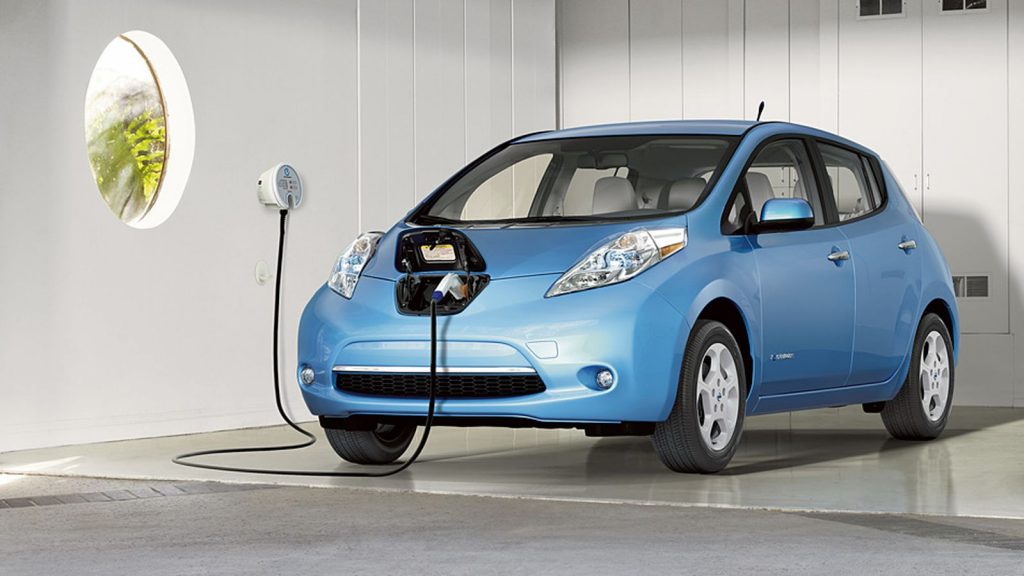The cost of living in Australia right now is, frankly, outrageous. Groceries alone are enough to make you weep, and don’t even get started on the cost of fuel! So, it’s no wonder that people are looking for ways to save money.
You, like many Australians, might already be reaping the benefits of cheaper electricity bills thanks to the wonder that is rooftop solar but perhaps you would like to take the next step. Maybe you’re considering investing in a home battery or even an Electric Vehicle (EV). While both of these investments can deliver great long-term benefits, they do have their drawbacks. Namely, the upfront cost.
But what if there was a way to get the benefits of both an EV and a home battery, without doubling up on the cost? What if we told you that, in the near future, you can use your EV to power your home when the sun isn’t shining or when the grid goes down?

Welcome to the world of bi-directional charging.
In this article, we’ll explain what bi-directional charging is, how it works and whether or not you should consider using an EV as a home battery.
What is Bi-Directional Charging?
An EV runs on electricity, which means that it has a large battery onboard. This battery stores enough electric fuel to power the car for a certain distance. The average EV can travel between 100-400km on a single charge, although this number is increasing as battery technology improves.
Electric cars with bi-directional charging capability, also known as vehicle-to-grid (VTG) or vehicle to home (VTH) charging, can supply power back to the grid, or power a home, using energy from the EV battery.
It essentially allows your EV to function as a home battery, storing energy and then releasing that energy when it’s needed.

How Does Bi-Directional Charging Work?
A conventional EV uses a unidirectional (one-way) charger. Using a converter either built into the EV or the charger itself, the AC (alternating current) electricity sourced from the grid or solar panels will be converted to DC (direct current) electricity.
A bi-directional charger is able to do all of this in reverse. It can take DC electricity from the EV battery and convert it into AC electricity that can either be used by the home or sent back into the grid.
Are All EVs Capable of Bi-Directional Charging?
No, not all EVs can charge bi-directionally – at least not yet. Only vehicles with a CHAdeMO charge port can facilitate bi-directional charging. At the moment, it’s a feature that is only available on a handful of EVs such as the Nissan Leaf EV, Mitsubishi Outlander Plug-in Hybrid, Toyota Prius Plug-In, Tesla Model S and X ( adapter required), and the Kia Soul EV Mk1.
The good news is that this looks to change sometime this year as more manufacturers release compatible vehicles and the technology is set to become standard.
Is Bi-Directional Charging Available in Australia?
Sadly no, but don’t despair – it is only a matter of time before it arrives on our shores.
The technology is already being trialled overseas in the United States, United Kingdom and Denmark. Here in Australia, the Australian Renewable Energy Agency (ARENA) has backed a trial in Canberra to test the technology and, once tested and certified, the technology will be ready for the Australian market. The RACV has stated that this is likely to occur mid-year and the ABC reports that the Wallbox Quasar will be the first bi-directional charger to go on sale in Australia.
Will Bi-Directional Charging Drain the EV Battery?
The short answer is probably not. A typical Australian family uses 16-20 kWh of electricity per day. A solar household might use a third of their electricity during daylight hours when their solar panels are producing electricity, while the remaining two-thirds are purchased from the grid.
If your EV battery covered 10 kWh of electricity consumption, it would still have adequate charge to drive you to and from work the following day with plenty to spare.
Just to be safe, you can set user parameters using a smartphone app to ensure the EV battery charge doesn’t fall below a certain percentage when discharging power. Once that percentage is reached, the home will resume taking power from the grid.
That said, bi-directional charging might not be for you if you’re the type of person who always needs an EV fully charged at all times.

Will Bi-Directional Charging Deteriorate an EV’s Battery or Affect its Warranty?
The batteries in EVs are designed to last the lifetime of the vehicle which is typically around eight years/160,000km. There’s conflicting evidence that bi-directional charging can shorten the lifespan of your EV battery, but your warranty should not be affected so long as you use a manufacturer-approved charger. Worse case, a battery replacement on the Nissan Leaf, for example, is around $7,000.
For comparison’s sake, a typical home battery comes with a 10-20 year warranty, with most set at 10 years from the date of installation.
Should You Use an EV as a Home Battery?
First, let’s talk about the cost.
For example, the entry-level 40 kWh Nissan Leaf is priced from $49,000. Add to that a bi-directional charging unit and you’re looking at an additional $5,000 to 6,000. That’s a total of around $55,000 for the complete set-up.
Residential solar battery storage prices are currently around $1,000 per kWh including installation and GST. Australia’s most popular home battery, the 13.5 kWh Tesla Powerwall 2, costs approximately $14,000 to $16,000 fully installed (2022).
As you can see, the cost per kWh for both the EV and home battery is about the same – though few houses would realistically need 40 kWh of storage capacity.
Next, let’s discuss practicality.
It’s important to think about the typical benefits of a home battery:
- Increased solar self-consumption and less reliance on the grid
- Having access to backup power during a blackout
- Reduced carbon footprint
An EV can do all of this too, but it’s important to remember that it is a vehicle first and foremost. Chances are that your EV will be out on the road during the day and will be less likely to charge from solar-generated electricity.
If you’re still having to buy energy from the grid to charge your EV, is it truly functioning as a home battery?
The beauty of a home battery is that it is always there ready to store your solar-generated energy for use at night (when most households would typically charge their EV).
Perhaps you do spend a bit of time at home during the day or can charge your EV during off-peak periods or using free chargers – if this is the case then bi-directional charging could be a great option.
An Exciting Road Ahead
So there you have it… In less than a year, you will likely have the option to power your home using an EV.
Whether or not bi-directional charging will work for you is really dependent on your specific circumstances, but it will undoubtedly be a very compelling option for many.
Home batteries will always have their place – they are, after all, built for purpose and will help you get the most out of your solar system. But there’s no doubt that EVs are the future and we are excited to see how this technology develops in the coming years.
Get rooftop solar panels in Brisbane. Energy Matters has a nationwide network of trusted local solar installers in Brisbane that you can access today that can provide you with up to 3 Free Solar Quotes. Complete our quick quiz and switch to solar in Brisbane today.











































